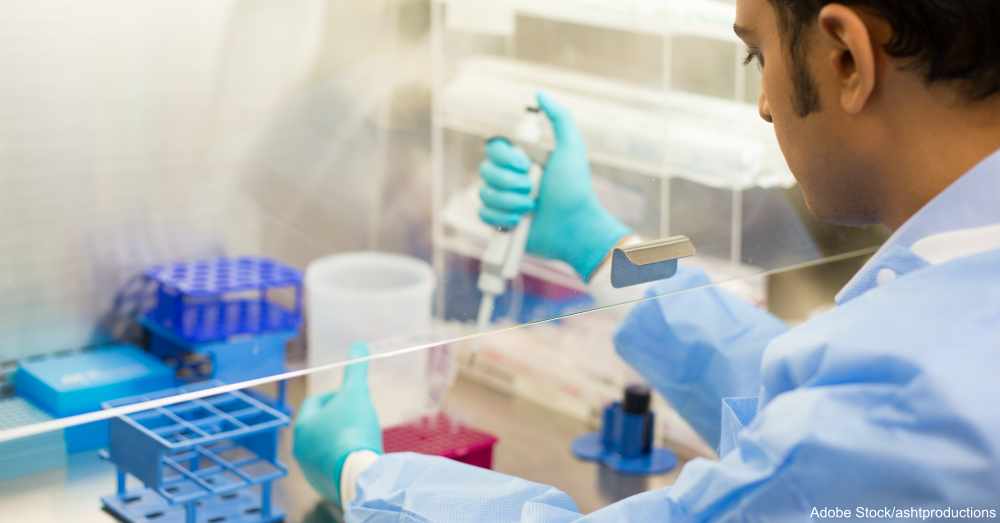Stiff "Hot Spots" Within Tumors Help Doctors Predict Spread of Breast Cancer
Elizabeth Morey
The spread of cancer is difficult to predict, which makes the disease all the harder to properly treat. However, a new technique may help researchers detect previously undetectable "hot spots" that may help them better understand the spread of breast cancer.
What these researchers are calling "hot spots" are actually areas of extreme stiffness within existing breast cancer tumors. Stiffness in an aggressive and invasive type of breast cancer means that the cancer is ready to metastasize to other areas of the body.
This study shows that only very small regions of tumors need to stiffen in order for metastasis to occur. Until now, however, that stiffness could not be detected within a tumor that was still inside the human body.
"We are now able to see these features because our approach allows us to take measurements within living, intact, 3D tissues," says Chris Moraes of the chemical engineering department at McGill University. Moraes is the senior author of the paper. "When tissue samples are disrupted in any way, as is normally required with standard techniques, signs of these 'hot spots' are eliminated."
The team created tiny hydrogel sensors and placed them inside 3D cultures and mouse models of breast cancer. The sensors work like tiny balloons, expanding on demand. And when they're expanded inside of a tumor, they can be used to measure the degree of stiffness in that tumor.
"Human cells are not static. They grab and pull on the tissue around them, checking out how rigid or soft their surroundings are. What cells feel around them typically drives their behavior: immune cells can activate, stem cells can become specialized, and cancer cells can become dangerously aggressive," Moraes says.
"Breast cancer cells usually feel surroundings that are quite soft. However, we found that cancer cells inside aggressive tumors experienced much harder surroundings than previously expected, as hard as really old and dried up gummy bears."
The researchers believe their technique can be used to determine individual patients' risks and potential outcomes. They can then work with their doctors to determine what treatments are going to be most effective and simultaneously the least invasive and stressful for the patient.
"Developing methods to analyze the mechanical profiles in 3D tissues may better predict patient risk and outcome," says first author Stephanie Mok, a Ph.D. candidate in the chemical engineering department.
"Whether these 'hot spots' of stiffness are really causing cancer progression rather than simply being correlated with it remains an open, but critically important question to resolve."
We can't wait to see what this team learns next. What an important step toward understanding breast cancer metastasis!






